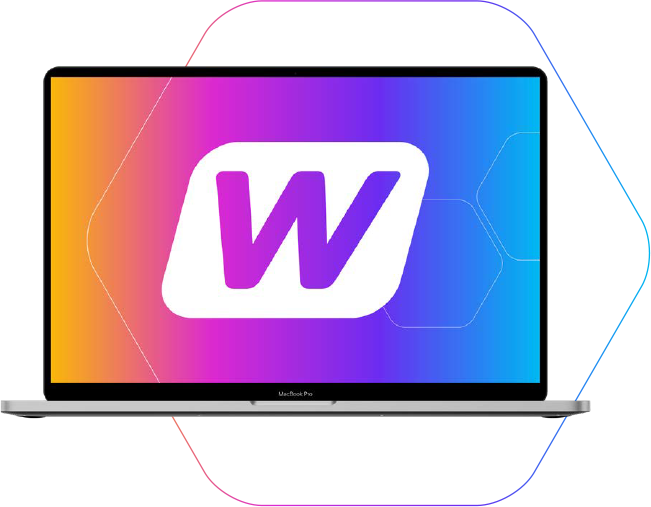Parts Search
We have access to a trusted, extensive global sourcing network. Select below whether you would like to search for a single part or multiple parts in one go. Enter the part number for your required electronic component in the box below and click 'search'.
Fast Part SearchWhat's the difference between a semiconductor, microchip, and integrated circuit?
21 August 2023
These terms are frequently used interchangeably, but they are quite different on a technical level. Here, we set out to explain the key differences.
Demystifying electronics engineers speak
Not everyone involved in the electronic component supply chain is an engineer, so here we try and provide a simplified explanation for common terminology electronics engineers take for granted.
What is a semiconductor?
A semiconductor is a material with electrical properties that lie between those of conductors (like metals) and insulators (like rubber). It has a unique ability to conduct electricity under certain conditions and block it under others. This characteristic allows semiconductors to serve as the foundation for electronic devices. By manipulating the flow of electrons through a semiconductor, it becomes possible to create various electronic components, such as diodes, transistors, and integrated circuits. These components play vital roles in modern technology, enabling the development of computers, smartphones, communication systems, and countless other electronic devices. Silicon is the most widely used semiconductor material due to its abundance and excellent electrical properties, making it the backbone of the semiconductor industry. Semiconductors are the fundamental materials in both microchips and integrated circuits.
The four main categories of semiconductors are:
1. Intrinsic Semiconductors: Pure semiconductor materials, such as silicon and germanium, with an equal number of electrons and holes. They have limited conductivity at room temperature.
2. Extrinsic Semiconductors: Doped semiconductor materials, where impurities (dopants) are intentionally added to increase conductivity. N-type semiconductors have an excess of electrons, while P-type semiconductors have an excess of holes.
3. Diodes: A semiconductor device formed by joining N-type and P-type materials. They allow current to flow in one direction while blocking it in the opposite direction.
4. Transistors: Semiconductors that can amplify or switch electronic signals, essential components in electronic circuits and microprocessors. They consist of NPN or PNP configurations, controlling the flow of electrons or holes between their different layers.
What is a microchip?
A microchip, is also known as an integrated circuit (IC) or chip, is a small electronic component that contains a vast number of interconnected electronic circuits and transistors. These circuits are etched onto a tiny semiconductor material, usually made of silicon. Microchips are the building blocks of modern electronics and serve a multitude of functions, including data processing, memory storage, logic operations, and signal amplification. They enable the creation of complex electronic systems within a compact and efficient form factor. Microchips are found in virtually every electronic device, from smartphones and computers to household appliances and automotive systems. Their small size, low power consumption, and high processing capabilities have revolutionised the world of technology, facilitating the development of advanced and interconnected devices that have become an integral part of daily life.
The six main categories of microchips (integrated circuits) are:
1. Microprocessor: This is a central processing unit (CPU) of a computer or electronic device. It is responsible for executing instructions and performing calculations, making it the "brain" of the system, handling tasks like data processing and controlling various components for smooth operation. A microprocessor is an integrated circuit, but not all integrated circuits are microprocessors.
While all microprocessors are integrated circuits because they have their components interconnected on a semiconductor material, not all integrated circuits are microprocessors. Integrated circuits encompass a wide range of electronic components, including microcontrollers, memory chips, digital signal processors (DSPs), and various specialised chips used for specific tasks, whereas microprocessors are a specific subset of ICs designed for general-purpose computing tasks.
2. Microcontrollers: Integrated circuits designed to control and manage specific tasks in embedded systems, often found in household appliances, automotive systems, and industrial applications.
3. Memory Chips: This is a semiconductor device used to store and retrieve digital data in electronic devices. It comes in various types, such as RAM (Random Access Memory) and ROM (Read-Only Memory), and plays a crucial role in temporarily or permanently storing data for computer operations.
4. Digital Signal Processors (DSPs): Chips designed for processing and manipulating digital signals, such as audio, video, and communication signals. DSPs are commonly used in applications that require real-time signal processing, such as audio processing, speech recognition, and telecommunications.
5. Analog Chips: An analog chip is an electronic component that processes continuous electrical signals, unlike digital chips that handle discrete signals. It is used in various applications, such as amplifying and filtering audio signals, converting physical quantities (like temperature) into electrical signals, and providing smooth and accurate voltage regulation in power management circuits.
6. Application-Specific Integrated Circuits (ASICs): This is a custom-designed integrated circuit that is created for a specific application or task. It is tailored to perform a particular function or set of functions efficiently. E.G. A Graphics Processing Unit (GPU) is a specialised ASIC that is designed specifically for rendering and processing graphics and image data. It is a type of ASIC that is optimised for graphics-related tasks, such as rendering 3D graphics, video playback, and image processing.
How Whistler Technology can help improve your component supply chain resilience
With over two decades of experience, Whistler Technology has been dedicated to collaborating with customers in overcoming a wide array of day-to-day supply chain imbalances. Our team of experts excel in procuring the highest quality components, navigating through various supply and demand fluctuations, to effectively tackle your challenges and ensure seamless supply continuity for your business.
With our vetted supplier network, global testing facilities, and efficient logistics, we find and deliver your parts swiftly, ensuring unparalleled service.

